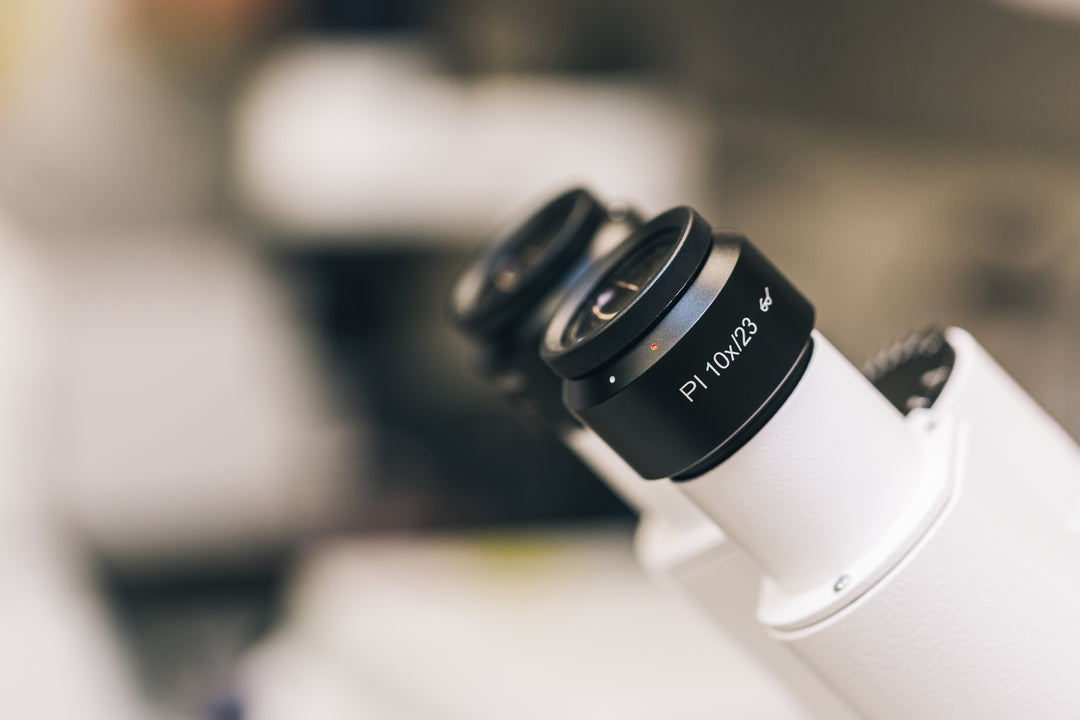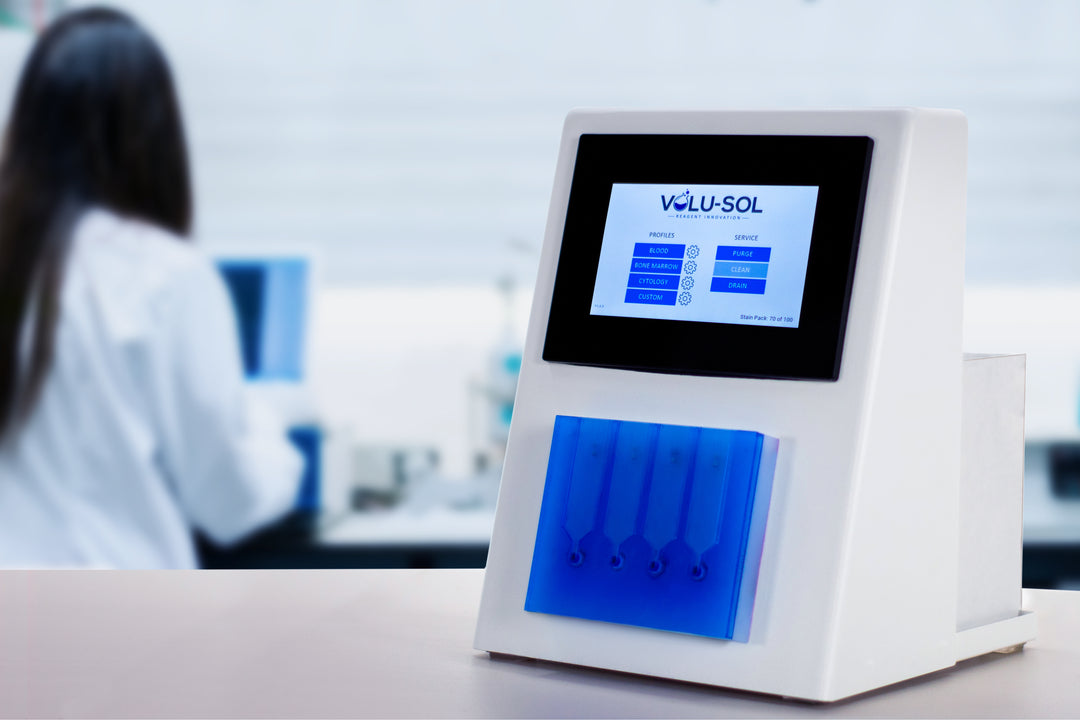Sustainability in Hematology Laboratories: Paving the Way for a Greener Healthcare Sector
As the healthcare industry continues to grow, so does its environmental footprint. With the increasing demand for diagnostic services, particularly in specialized fields like hematology, the need for sustainable practices in laboratories has become more critical than ever. Hematology labs, which are integral to diagnosing blood-related disorders, consume significant resources and generate considerable waste. This blog explores the importance of sustainability in hematology laboratories, focusing on eco-friendly practices, waste reduction, and energy-efficient technologies that are transforming the healthcare sector.
The Imperative of Sustainability in Healthcare
The healthcare industry is responsible for nearly 4.4% of global greenhouse gas emissions, according to a report by Health Care Without Harm. This significant environmental impact stems from energy consumption, waste production, and the use of hazardous materials. Hematology laboratories, like other medical labs, contribute to this footprint through their daily operations. Therefore, integrating sustainability into these labs is not only a moral imperative but also a strategic move to align with global efforts to combat climate change.
Waste Reduction: A Key Focus Area
Hematology laboratories generate various types of waste, including single-use plastics, chemicals, and biological materials. Reducing waste is a critical component of sustainability, and several strategies can be employed to achieve this:
-
Implementing Recycling Programs: Recycling is a straightforward yet effective way to reduce waste. Laboratories can set up recycling stations for materials like paper, plastic, and glass. Additionally, certain laboratory equipment and consumables can be repurposed or recycled, reducing the overall waste generated.
-
Minimizing Single-Use Plastics: Single-use plastics are a major contributor to waste in hematology labs. Transitioning to reusable or biodegradable alternatives can significantly reduce the environmental impact. For instance, glass pipettes and reusable containers can replace disposable plastics without compromising the quality of laboratory work.
-
Proper Hazardous Waste Disposal: Proper disposal of hazardous waste is essential to prevent environmental contamination. Labs must adhere to strict guidelines for disposing of chemical and biological waste. Partnering with certified waste disposal companies ensures that hazardous materials are handled and disposed of in an environmentally responsible manner.
Embracing Energy-Efficient Technologies
Energy consumption is another significant aspect of a laboratory's environmental footprint. Hematology labs rely on a wide range of equipment, from centrifuges to analyzers, which require substantial amounts of energy to operate. By adopting energy-efficient technologies, labs can reduce their energy consumption and lower their carbon footprint:
-
High-Efficiency Equipment: Investing in high-efficiency laboratory equipment can lead to significant energy savings. Modern hematology analyzers and other lab instruments are designed to consume less energy while maintaining high performance levels. These devices often come with energy-saving modes that reduce power consumption during periods of inactivity.
-
Smart Lighting and HVAC Systems: Lighting and HVAC systems are major energy consumers in laboratories. Upgrading to LED lighting and implementing smart controls for heating, ventilation, and air conditioning can reduce energy usage. For instance, motion-sensor lighting ensures that lights are only on when needed, and programmable thermostats optimize energy use based on occupancy and time of day.
-
Renewable Energy Sources: Some laboratories are exploring the use of renewable energy sources, such as solar or wind power, to meet their energy needs. While the initial investment may be high, the long-term benefits include reduced energy costs and a smaller carbon footprint. For labs with the capacity, on-site renewable energy generation can be a viable option.
Beyond Waste and Energy: Other Sustainable Practices
Sustainability in hematology laboratories goes beyond waste reduction and energy efficiency. Other practices that contribute to a greener lab environment include:
-
Water Conservation: Water is an essential resource in hematology labs, used in various processes from equipment cooling to reagent preparation. Implementing water-saving technologies, such as low-flow faucets and water recycling systems, can reduce water consumption and minimize the lab’s impact on local water resources.
-
Digital Transformation: Moving towards a paperless environment is another way to enhance sustainability. By adopting digital record-keeping, electronic communication, and online reporting systems, labs can reduce their paper usage and improve operational efficiency.
-
Sustainable Lab Design: When designing or renovating laboratory spaces, incorporating sustainable design principles can lead to long-term environmental benefits. This includes using eco-friendly building materials, maximizing natural light, and ensuring proper insulation to reduce energy demands.
Conclusion
Sustainability in hematology laboratories is not just a trend; it is a necessity in today’s environmentally conscious world. By focusing on waste reduction, energy-efficient technologies, and other sustainable practices, hematology labs can play a significant role in reducing the healthcare sector’s environmental impact. As the demand for diagnostic services continues to rise, it is crucial that these facilities adopt green practices to ensure a healthier planet for future generations.
Sources:
- Health Care Without Harm. (2019). Health Care’s Climate Footprint: How the Health Sector Contributes to the Global Climate Crisis and Opportunities for Action. Retrieved from Health Care Without Harm
- Practice Greenhealth. (2023). Sustainable Healthcare and Green Hospitals. Retrieved from Practice Greenhealth
- World Health Organization. (2020). Climate Change and Health. Retrieved from WHO




